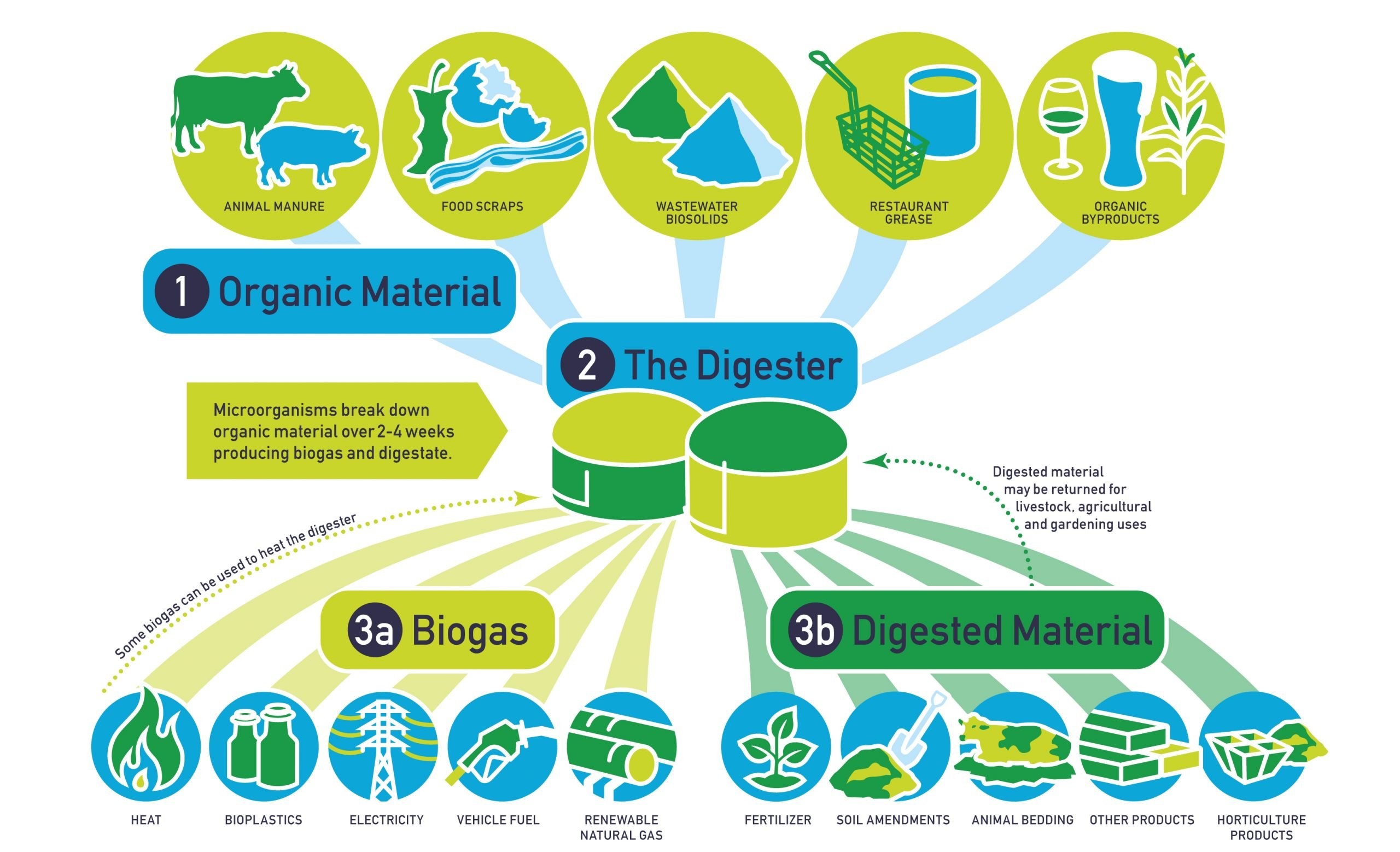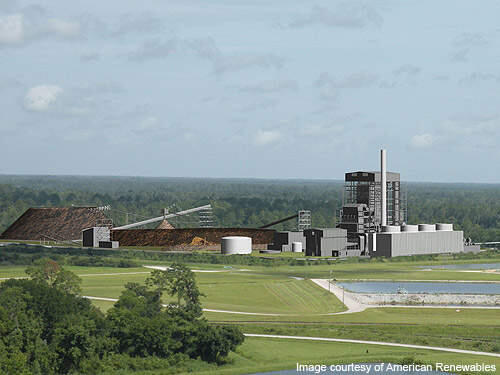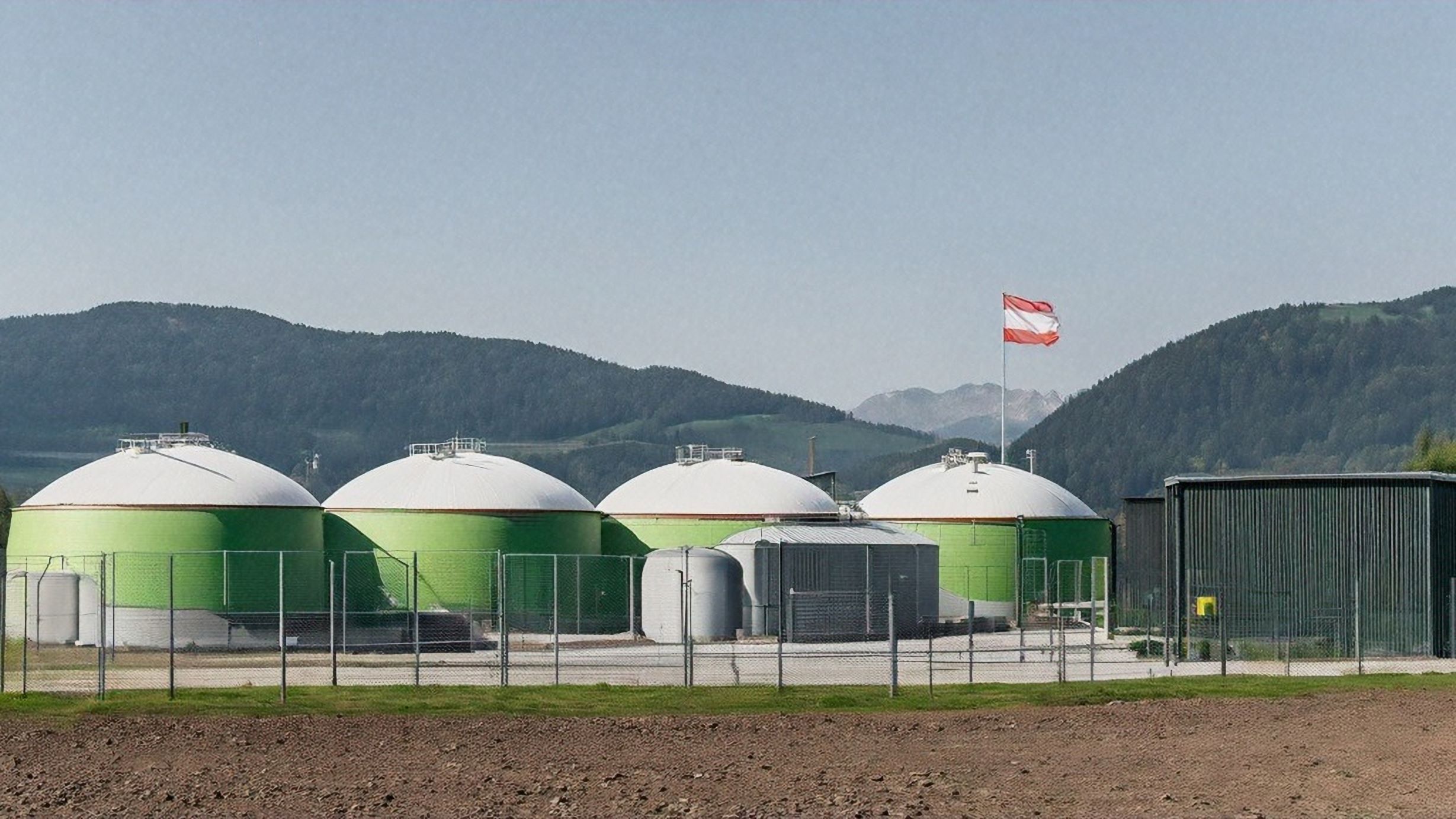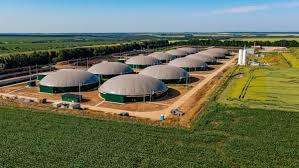BENEFITS OF BIOGAS
Biogas provides a wide range of benefits that positively impact various sectors.

Environmental Protection
By recycling organic waste into renewable energy, biogas systems help significantly reduce greenhouse gas emissions. They prevent nutrient runoff into waterways, thereby protecting aquatic ecosystems from pollution. Additionally, by diverting organic waste from landfills, biogas systems contribute to waste reduction efforts and mitigate methane emissions associated with landfill decomposition (American Biogas Council, 2023).
Waste Management
Utilizing organic waste for energy production mitigates the environmental hazards associated with landfill disposal. By converting waste into energy through anaerobic digestion, biogas systems help reduce the volume of waste that ends up in landfills while providing a sustainable energy source. This approach not only addresses waste management challenges but also promotes a more circular economy by turning waste into valuable resources (Banja et al., 2019).
Economic Opportunities
Biogas systems create jobs across various sectors including construction, engineering, operations, and maintenance. They also provide farmers with additional revenue streams from energy sales and fertilizer production. By supporting local economies through job creation and resource recovery, biogas projects contribute to rural economic development and enhance community resilience (Barasa & Akanni, 2022).
Energy Security
Biogas offers a reliable source of energy that can operate continuously. Unlike intermittent renewable sources such as solar or wind power that depend on weather conditions, biogas can provide a stable supply of energy regardless of external factors. This reliability enhances energy security for communities and industries alike (Banja et al., 2019).
REFERENCES
(American Biogas Council, 2023; Banja et al., 2019; Barasa & Akanni, 2022; Banja et al., 2019).
CHALLENGES OF BIOGAS
Despite its advantages, biogas faces several challenges that hinder its widespread adoption and efficiency.

Technological Limitations
The biogas industry is still developing in many regions around the world. There is often a lack of advanced technologies for efficient production and utilization of biogas, which can hinder its widespread adoption. Investment in research and development is crucial to improve existing technologies and make them more accessible to potential users (Bioresources and Bioprocessing, 2022).
Weather Dependency
Anaerobic digestion requires specific temperature ranges for optimal functioning; typically between 30°C to 60°C depending on the type of microorganisms involved. Climatic conditions can affect the efficiency of the digestion process by influencing temperature stability within digesters. This weather dependency may make biogas production less reliable in certain environments or seasons (American Biogas Council, 2023).
Odor Issues
Processing organic waste can produce unpleasant odors that may affect nearby communities. This necessitates careful site selection for biogas plants to avoid proximity to populated areas while ensuring community acceptance. Implementing effective odor control measures is essential to mitigate this challenge and enhance public perception of biogas facilities (American Biogas Council, 2023).
REFERENCES
(Bioresources and Bioprocessing, 2022; American Biogas Council, 2023a; American Biogas Council, 2023b).
BIOGAS PRODUCTION
HOW BIOGAS IS PRODUCED?
Biogas is produced through anaerobic digestion in specially designed digesters. The process typically involves:
Feedstock Preparation: Organic materials are collected from various sources—such as agricultural operations or food processing facilities—and pre-treated to enhance digestion efficiency.Anaerobic Digestion: The prepared feedstock is placed in an airtight digester where microorganisms break it down into biogas and digestate over several weeks or months, depending on conditions.Gas Collection: The generated biogas is collected from the top of the digester using gas collection systems designed to maximize yield.Upgrading (if necessary): For applications like transportation fuel or high-purity applications in industry, biogas may undergo purification processes to remove impurities such as carbon dioxide and hydrogen sulfide while increasing methane concentration.
How Anaerobic Digestion Works?
HOW DOES BIOGAS PLANT WORK?
HOW BIOGAS WORKS?
REFERENCES
(Barasa & Akanni, 2022; Bioresources and Bioprocessing, 2022).
Real-Life Examples of Biogas Production Plants
PRODUCTION PLANTS
Several successful biogas production plants illustrate the technology's potential
Gainesville Renewable Energy Center (Florida, USA)
The Gainesville Renewable Energy Center is a notable facility that converts municipal solid waste into biogas for electricity generation. This plant exemplifies how urban waste can be transformed into a valuable energy resource, contributing to local energy supply while reducing landfill use. The facility operates using advanced anaerobic digestion technology, which ensures efficient gas production and minimal environmental impact (American Biogas Council, 2023).

Figure 8. Gainesville Renewable Energy Center - Power Technology
Austrian Biogas Plants
Austria hosts numerous small-scale biogas plants that utilize agricultural residues, such as manure and crop waste, to produce energy for local communities. These plants often operate on a decentralized model, allowing farmers to manage their waste effectively while generating renewable energy. The Austrian model emphasizes community involvement and sustainability, showcasing how biogas can enhance rural economies and reduce reliance on fossil fuels (Banja et al., 2019).

Figure 9. EGG Act: Biogas as the energy of the future in Austria
India's National Biogas Programme
India’s National Biogas Programme promotes the establishment of small-scale biogas plants across rural areas to provide cooking fuel and electricity. This initiative not only addresses energy needs but also improves sanitation by managing animal waste. The program has successfully implemented thousands of biogas units, significantly impacting rural livelihoods and promoting sustainable energy practices (American Biogas Council, 2023).

Figure 10. National Biogas and Manure Management Programme – Policies - IEA
REFERENCES
American Biogas Council. (2023); Banja et al. (2019).
FUTURE OF BIOGAS
What does the future hold for biogas?
The future of biogas appears promising due to increasing global interest in renewable energy solutions. Key trends include:
Technological Advancements:
Ongoing research aims to improve the efficiency of biogas production processes and reduce associated costs. Innovations in anaerobic digestion technology, such as enhanced feedstock pre-treatment methods and improved digester designs, are expected to increase biogas yields and make operations more economically viable (Barasa & Akanni, 2022). Additionally, advancements in biomethane upgrading technologies will facilitate broader adoption in transportation.Policy Support:
Many governments worldwide are implementing policies to encourage renewable energy adoption. Incentives for biogas projects are becoming more common as nations strive to meet climate goals and transition to sustainable energy systems. This policy support not only aids existing projects but also fosters new investments in biogas infrastructure (Bioresources and Bioprocessing, 2022).Integration with Other Renewable Sources:
Biogas systems are increasingly being integrated with solar or wind energy projects to create hybrid systems that enhance overall energy reliability. This integration allows for more consistent power generation by utilizing complementary renewable sources, thus addressing the intermittency issues associated with solar and wind energy (Banja et al., 2019).
REFERENCES
(Barasa & Akanni, 2022; Bioresources and Bioprocessing, 2022; Banja et al., 2019).